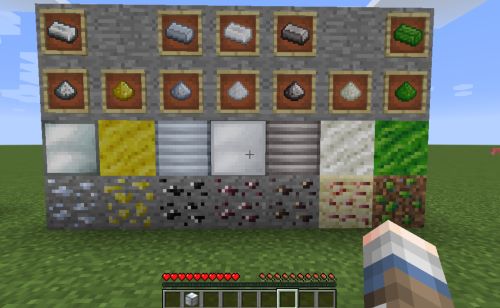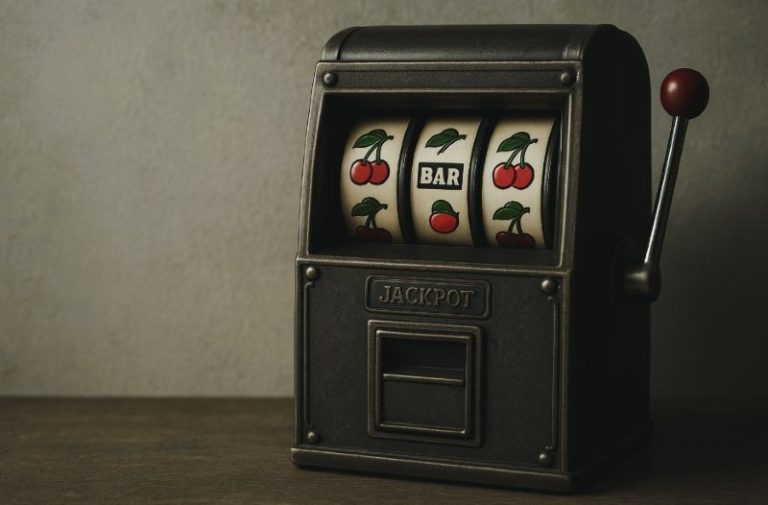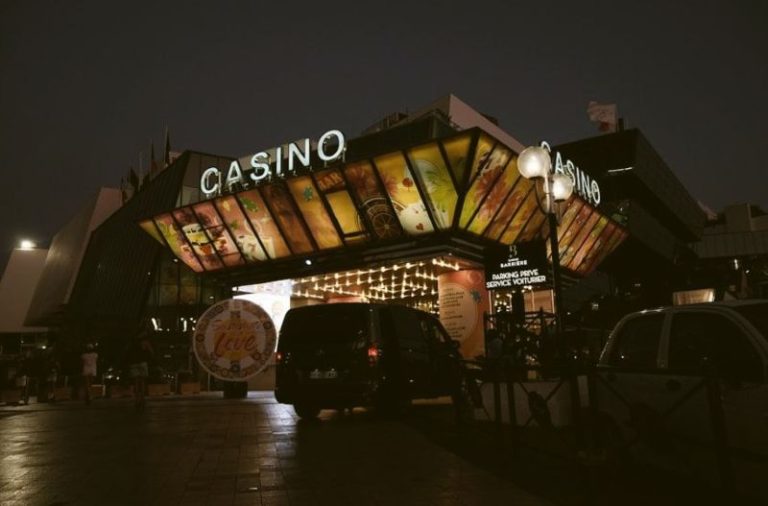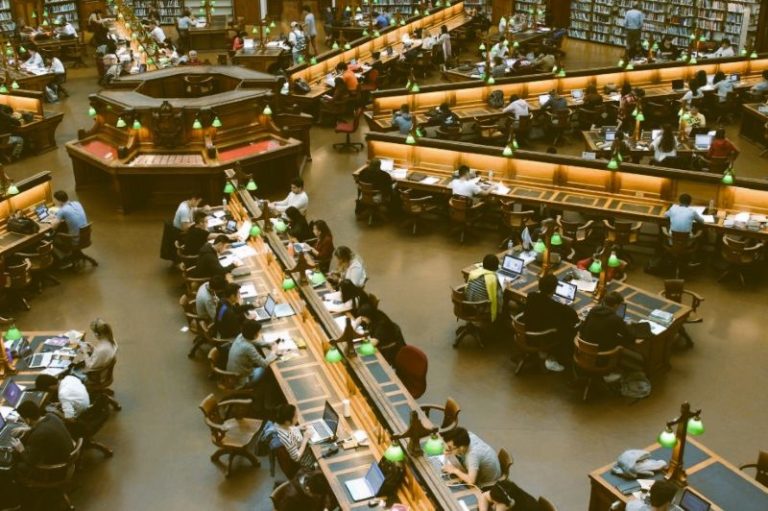

Once upon a time, the realm of education was reserved for textbooks, blackboards, and lectures. But with the digital revolution, learning has transformed into an interactive and immersive experience. One such game that has taken the educational world by storm is Minecraft. By combining block-building with problem-solving, Minecraft provides an engaging platform to teach various subjects, from mathematics and science to language arts and history. In this guide, we’ll explore how you can use Minecraft to supplement classroom learning and unleash the potential of this pixelated paradise.
As you delve into the world of Minecraft, you’ll be amazed by the endless possibilities it offers for learning. With its 3D block-based interface, Minecraft allows students to create and explore virtual worlds while developing skills in collaboration, creativity, and critical thinking. And to make things even more exciting, students can customize their characters using Minecraft skins, fostering a sense of identity and ownership in their creations.
1. Math Concepts: Ratios and Proportions
Minecraft’s blocky nature makes it a perfect tool to teach ratios and proportions. Students can learn these concepts by constructing structures and comparing their dimensions. For instance, teachers can assign tasks where students need to build a house with a specific ratio of length, width, and height. As students experiment with different block arrangements, they develop a deeper understanding of ratios and proportions while applying them in a real-world context.
2. Supporting Student Creativity and Collaboration
Minecraft’s open-world environment encourages students to unleash their creativity as they build and explore. Teachers can use Minecraft as a platform for group projects, where students work together to build cities, recreate historical events, or even design new ecosystems. By collaborating in the virtual world, students learn the value of teamwork, communication, and adaptability.
3. Science: Physics and Chemistry
Minecraft’s game mechanics can help students learn fundamental concepts in physics and chemistry. For example, teachers can use Minecraft’s Redstone circuitry to teach electricity and circuit design. Students can experiment with creating simple electrical devices, such as switches and doors, and then progress to more complex mechanisms like automated farms or roller coasters.
In addition, Minecraft’s Education Edition features a Chemistry Update, allowing students to craft various elements and compounds by combining materials in the game. This hands-on experience helps students understand chemical reactions and molecular structures, making chemistry more engaging and accessible.
4. Language Arts: Storytelling and Vocabulary
Minecraft offers a unique opportunity for students to develop their language arts skills through storytelling and vocabulary expansion. Teachers can ask students to create their own stories within the Minecraft universe, complete with characters, settings, and plotlines. This creative exercise helps students practice narrative writing, dialogue, and descriptive language. Additionally, Minecraft’s vast array of in-game items and creatures can be used to introduce new vocabulary words and reinforce their meanings.
5. History and Social Studies
Minecraft can bring history to life by allowing students to explore and recreate historical events, landmarks, and civilizations. Teachers can assign projects where students research and rebuild ancient structures, like the Great Wall of China or the Roman Colosseum. By immersing themselves in the past, students gain a better understanding of historical contexts and the importance of cultural preservation.
6. Coding and Computer Science
The Minecraft Education Edition includes a feature called “Code Builder,” which introduces students to coding and computer science. Using Blockly or JavaScript, students can program their in-game characters to complete tasks, solve problems, or even create their own mini-games. This hands-on approach to coding helps students develop computational thinking skills and prepares them for a future in the ever-growing field of technology.
7. Incorporating Minecraft into Your Classroom
To get started with Minecraft in your classroom, consider the following steps:
- Choose the right edition: Minecraft offers several editions, such as the Java Edition, Bedrock Edition, and Education Edition. The Education Edition is specifically designed for classroom use, with additional features and tools that cater to teachers and students.
- Get familiar with the game: If you’re new to Minecraft, spend some time exploring the game mechanics, controls, and features. You may want to join online forums or watch tutorial videos to get the hang of it.
- Plan your lessons: Integrate Minecraft into your curriculum by identifying which subjects and topics can be enhanced through the game. Develop lesson plans that outline objectives, tasks, and assessment methods.
- Create a safe and supportive environment: Ensure that your students’ Minecraft experience is positive and inclusive. Set clear expectations for behavior, establish ground rules for online interactions, and encourage students to respect one another’s creations.
- Encourage collaboration: Promote teamwork and problem-solving by assigning group projects and activities. Use Minecraft’s multiplayer mode to enable students to work together on tasks and share their creations with their peers.
- Assess progress and provide feedback: Regularly evaluate students’ progress in the game, and offer constructive feedback on their creations and in-game tasks. Use their Minecraft experiences as a basis for class discussions, presentations, or reflective writing assignments.
By following these steps, you’ll create a dynamic and engaging learning experience for your students. Minecraft’s versatile and interactive platform will not only supplement classroom learning but also spark a newfound passion for education in your students. So, gear up, grab your pickaxe, and embark on an unforgettable educational adventure with Minecraft!


